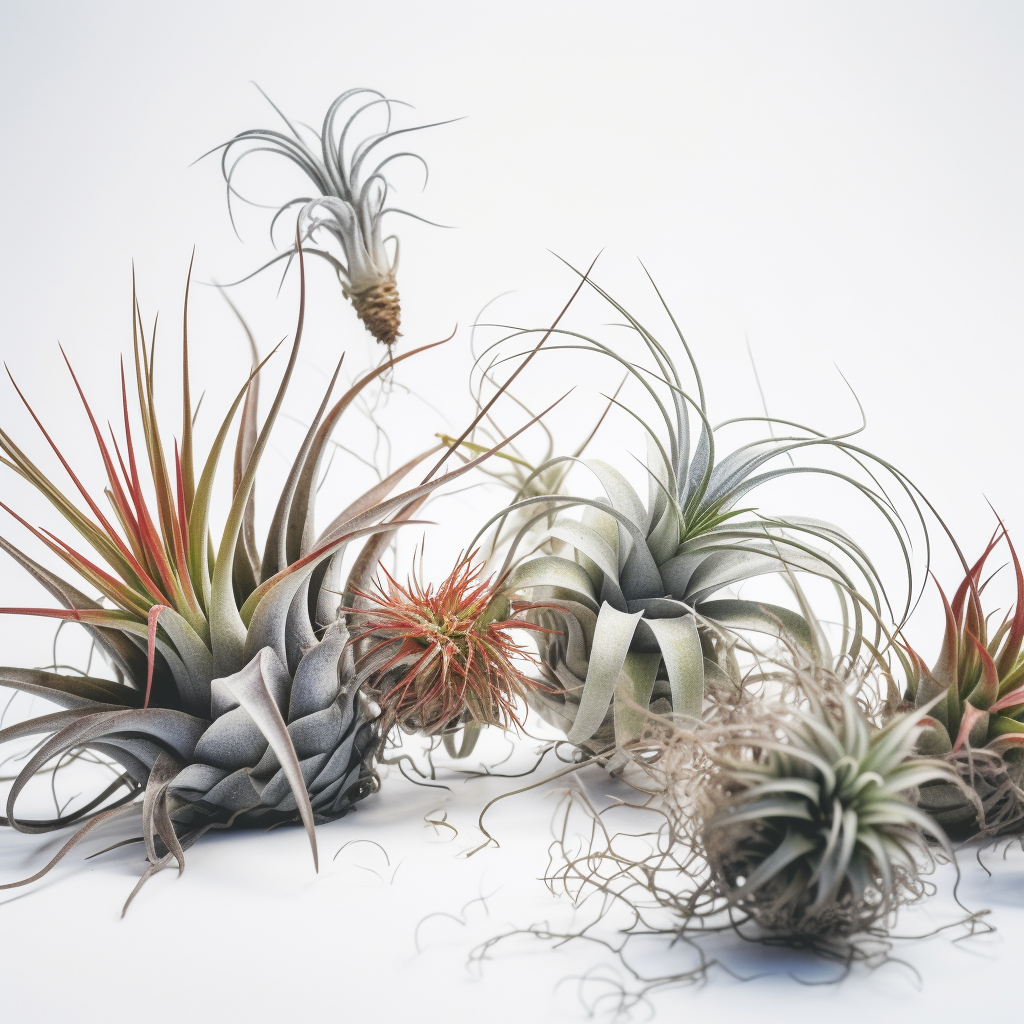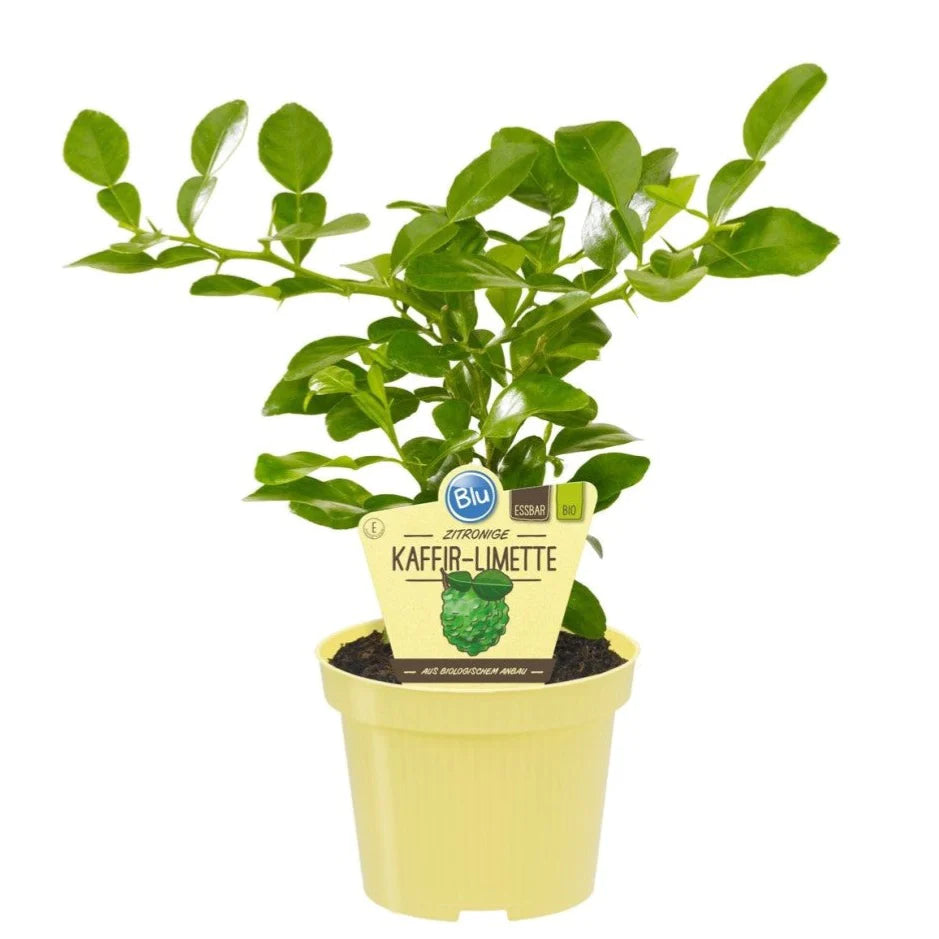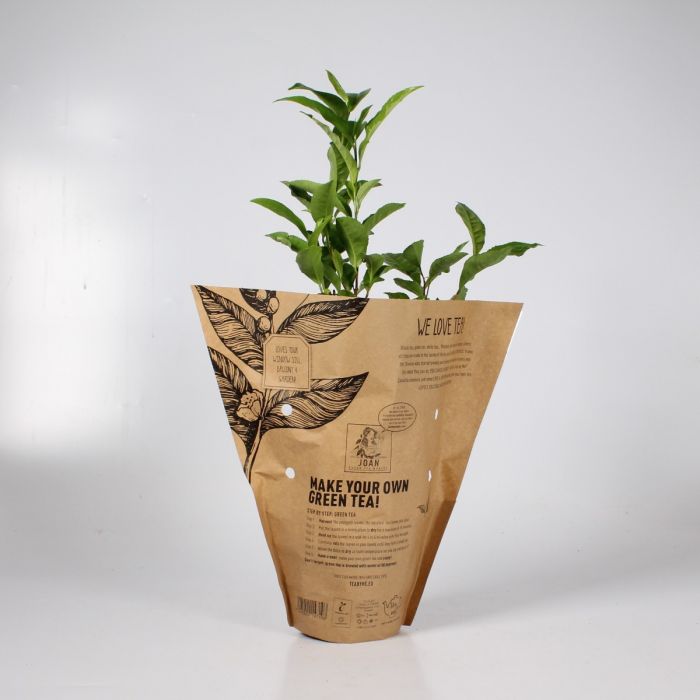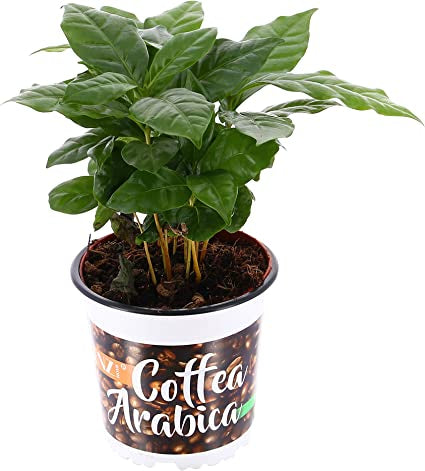Your Cart is Empty
FREE DELIVERY OVER £60
FREE DELIVERY OVER £60
PLANTS & FLOWERS
Office plants & Services
EXTERIOR PLANTING
CHRISTMAS TREES AND DISPLAYS
Top Air Plant Varieties: Discover the Beauty and Diversity of Tillandsias
6 min read

Air plants, belonging to the Tillandsia genus, have captured the hearts of plant enthusiasts worldwide with their unique appearance, low-maintenance care requirements, and versatility in displays. These remarkable epiphytic plants are native to the forests, mountains, and deserts of Central and South America, where they thrive by absorbing nutrients and moisture from the air through their leaves, rather than relying on soil. With over 600 species and countless cultivars to choose from, the possibilities for creating a diverse and captivating air plant collection are endless.
Apart from their intriguing biology, air plants have gained popularity due to their suitability for various indoor environments and creative displays. Their minimal root systems allow them to be mounted, hung, or placed in decorative containers without the need for soil, making them ideal for small living spaces and modern, clutter-free interiors.
In this blog post, we will introduce you to some of the most popular and interesting air plant varieties that can add visual interest and charm to your home or office space. Whether you're a beginner looking to start your collection or an experienced air plant enthusiast seeking new species to add to your indoor garden, this guide will provide valuable insights into the unique features and care requirements of each variety.
Air plants, belonging to the Tillandsia genus, come in a wide range of shapes, sizes, and colors. Here are some popular and interesting air plant varieties that can add diversity and visual interest to your collection.
Tillandsia ionantha:

Commonly referred to as the "sky plant," T. ionantha is a small air plant with thick, spiky leaves.The leaves change color from green to vibrant shades of red or pink when the plant is about to bloom, making it particularly attractive. It produces bright purple flowers and is perfect for small terrariums and displays. This species offers various cultivars, such as Ionantha Guatemala, Ionantha Rubra, and Ionantha Fuego, each with its own unique characteristics.
Tillandsia xerographica:

Tillandsia xerographica, often referred to as the "king of air plants," is a unique and visually striking species of air plant belonging to the Tillandsia genus. It is native to the arid regions of Central America, particularly in parts of El Salvador, Guatemala, and Honduras, where it grows as an epiphyte on trees and rocks.
T. xerographica is known for its large size and beautiful silvery-green rosettes, formed by its thick, curly leaves that spiral outward from the center. The leaves are covered in trichomes, which are specialized cells that help the plant absorb water and nutrients from the air. When in bloom, T. xerographica produces a tall, branching inflorescence with bright yellow or orange flowers.
Due to its adaptation to dry environments, Tillandsia xerographica is more drought-tolerant than many other air plant species, and it can go for longer periods without water. However, it still requires regular misting or soaking to stay healthy.
T. xerographica makes an excellent focal point in air plant displays due to its unique appearance and size. It can be placed in a decorative bowl, mounted on driftwood, or suspended in a hanging arrangement, adding an exotic touch to any home or office space.
Tillandsia caput-medusae: 
The "Medusa's head" air plant gets its name from the snake-like shape of its leaves.
It is native to Central America and parts of Mexico, where it grows as an epiphyte on trees, rocks, and shrubs in arid and semi-arid environments.
The common name "Medusa's head" comes from its resemblance to the mythical creature Medusa, known for her snake-covered head. The plant features a bulbous base and long, snake-like leaves that curl and twist, giving it a distinctive appearance. The leaves are covered in trichomes, which help the plant absorb water and nutrients from the air.
When in bloom, Tillandsia caput-medusae produces a brightly-colored, tubular flower that emerges from the center of the bulb. The flowers can be purple, red, or blue, depending on the variety.
T. caput-medusae is a relatively low-maintenance air plant that requires indirect sunlight and regular misting or soaking to stay healthy. Due to its epiphytic nature, it can be mounted on various surfaces, such as wood or rocks, to mimic its natural habitat. This makes it an excellent choice for creating interesting displays in the home or office, either as a standalone piece or as part of a larger air plant arrangement.
Tillandsia tectorum: 
Also known as the "roof air plant," is a unique and visually striking species of air plant belonging to the Tillandsia genus. It is native to the high-altitude regions of the Andes in Ecuador and Peru, where it grows as an epiphyte on rocks and trees.
One of the most distinctive features of T. tectorum is its fuzzy, white trichomes that cover the entire surface of the plant, giving it a snow-like appearance. These trichomes serve an important function, helping the plant absorb water and nutrients from the air while also protecting it from intense sunlight in its natural habitat.
Tillandsia tectorum has a compact growth habit, with its leaves forming a dense rosette shape. When in bloom, the plant produces a tall inflorescence with bright purple or blue flowers.
T. tectorum is adapted to arid environments and requires less frequent watering than other air plant varieties.
Tillandsia aeranthos:
Native to various regions across Argentina, Uruguay, Brazil, and Paraguay, Tillandsia aeranthos thrives at varying altitudes, from sea level to several hundred meters above. This remarkable air plant boasts star-shaped leaves that create a visually stunning appearance. It can grow individually or form clusters consisting of multiple plants. When in bloom, Tillandsia aeranthos produces gorgeous pink and purple flowers, as showcased in the product image. The leaves exhibit a beautiful green hue, and this air plant effortlessly produces new offsets, or pups, at its base.
To maintain optimal health, Tillandsia aeranthos prefers being misted on a regular basis (approximately once a week). For the best results, consider using a specialized air plant care spray to provide the necessary nutrients and moisture. This versatile and low-maintenance plant is a wonderful addition to any indoor garden or air plant collection.
Tillandsia bulbosa: The "bulbous air plant" has smooth, tubular leaves that form a bulb-like base. T. bulbosa's leaves twist and curl, creating a unique shape, and its red or purple flowers emerge from the bulb. 
Tillandsia bulbosa is an enchanting air plant characterized by its elongated, tendril-like leaves, reminiscent of a mysterious sea creature emerging from the depths. This striking, otherworldly plant is a personal favorite among air plant enthusiasts.
When in bloom, Tillandsia bulbosa showcases rich shades of violet, red, or plum, adding vibrant color and texture to any indoor space. Despite the twisted and intertwined leaves, the plant typically does not grow larger than 4 inches, making it suitable for a wide range of settings.
Like all air plants, Tillandsia bulbosa is an epiphyte, which can be found naturally growing on rocks and branches throughout various countries in South America. As an air plant, it thrives with some airflow, making it a perfect choice for open terrariums and well-ventilated vivariums.
However, as a mesic (tropical) species, Tillandsia bulbosa can adapt to higher humidity levels and lower airflow. This versatility makes it one of the few air plants that can successfully grow in a closed terrarium environment, provided that careful attention is given to maintaining the appropriate conditions.
Tillandsia streptophylla: 
Also known as the "shirley temple" air plant, T. streptophylla has curly, twisting leaves that resemble the ringlets in the famous actress's hair. This species is highly adaptable and thrives in various environments.
Tillandsia brachycaulos Abdita: 
Tillandsia Abdita stands out as one of the most vibrant species within the air plant collection, featuring numerous green leaves that gently touch one another. As the plant matures, its leaves may transform into a stunning red or purple hue. Although commonly referred to as Tillandsia Brachycaulos, a widespread species in the Tillandsia family, Abdita is truly a distinct and rare air plant species.
Native to Mexico and Central America, Tillandsia Abdita can be found predominantly in dry forests and deserts at elevations ranging from 600 to 1,200 meters.
Tillandsia fuchsii: 
This small air plant species has thin, delicate leaves that form a tight rosette. T. fuchsii is perfect for small displays or hanging arrangements and produces pink or purple flowers when in bloom.
Tillandsia harrisii: 
T. harrisii is a slow-growing species with silver-gray leaves that form an elegant rosette. It produces vibrant red or orange flowers, adding a pop of color to your air plant display.
Leave a comment
Comments will be approved before showing up.
Subscribe
Sign up to get the latest on sales, new releases and more …













































